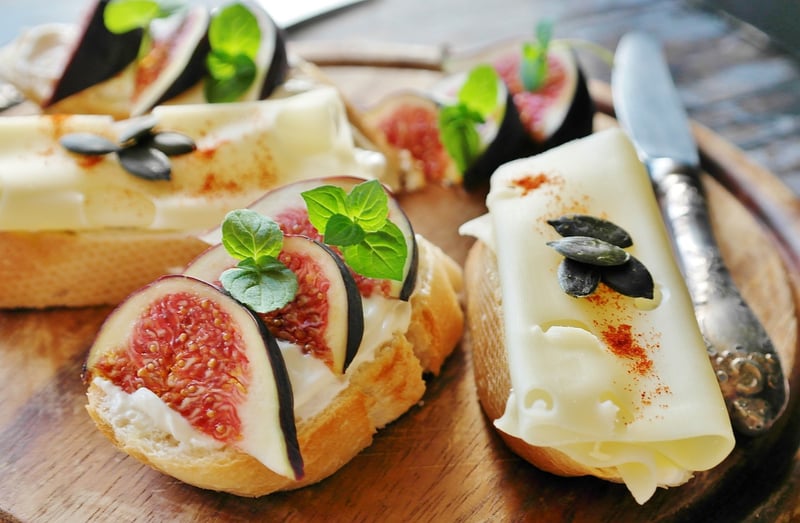Composition Tricks
Capture Food Beautifully: Composition Tricks
Food photography is an art that requires a good eye for composition and presentation. Whether you're a food blogger, a restaurant owner, or just someone who loves to share their culinary creations on social media, knowing how to capture food beautifully can make all the difference. Here are some composition tricks to help you take your food photography to the next level.
1. Use Natural Light
One of the most important aspects of food photography is lighting. Natural light is ideal for capturing the true colors and textures of food. Avoid using harsh overhead lighting or direct sunlight, as they can create unappealing shadows. Position your subject near a window or outdoors to take advantage of soft, diffused light.
2. Focus on the Details
Highlight the intricate details of your dish by getting up close and personal. Use a shallow depth of field to blur the background and draw attention to specific elements like garnishes, textures, or steam rising from the food.
3. Play with Angles
Experiment with different angles to create dynamic and interesting compositions. Try shooting from above to capture the entire spread, or get down to eye level for a more intimate view. Don't be afraid to tilt your camera or shoot from unconventional angles to add a creative flair to your photos.
4. Incorporate Props
Props can help enhance the mood and story of your food photos. Consider using utensils, napkins, fresh herbs, or colorful tableware to add depth and visual interest to your compositions. Just be sure not to overcrowd the frame and keep the focus on the food.
5. Create Balance and Symmetry
Pay attention to the balance and symmetry of your compositions. Place your main subject off-center using the rule of thirds for a more visually appealing layout. Symmetrical arrangements can also create a sense of harmony and order in your photos.
6. Edit Thoughtfully
Editing is an essential part of the food photography process. Use editing tools to enhance colors, adjust brightness and contrast, and sharpen details. However, be careful not to over-edit your photos, as natural-looking images tend to be more inviting and appetizing.
By incorporating these composition tricks into your food photography, you can elevate your images and make your dishes look even more delicious and enticing. Remember to practice, experiment, and have fun capturing the beauty of food through your lens!

Image source: Pixabay
